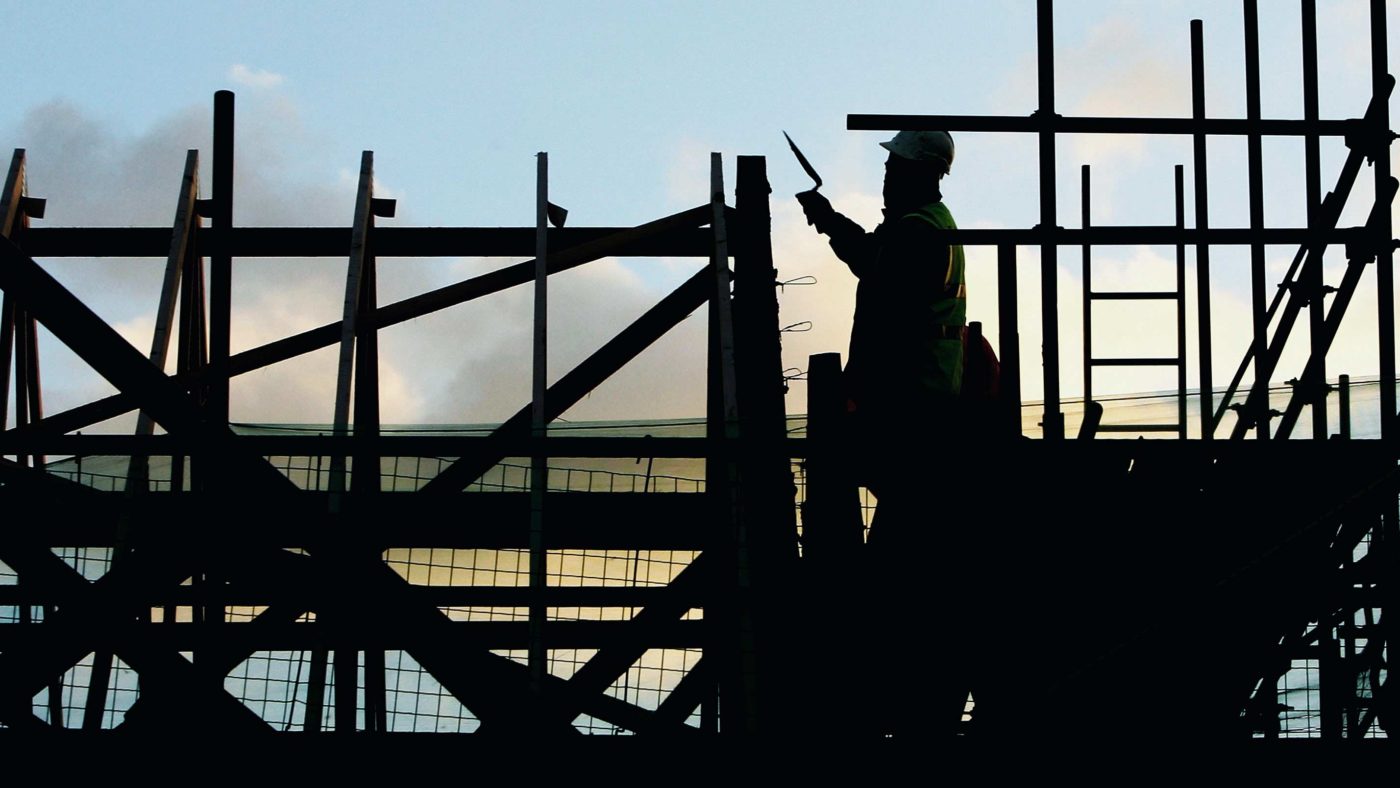The Labour Party Conference had the housing crisis at its heart. In his speech, Jeremy Corbyn promised a radical programme of action. Rent controls, tax on undeveloped land held by house builders, Compulsory Purchase Orders and estate regeneration “for the many, not the few” are just some of his proposals.
The Labour leader is right that we need bold action on housing. But blunt measures that fail to take into account economic and market realities may do more harm than good.
So it falls to the Conservatives, as conference gets under way in Manchester, to provide a vision of a functioning housing market under a post-Brexit Conservative government. We can expect to hear more from them. What really matters to most people is how they live and work each day – and a keen focus on housing has paid political dividends in the past.
But it’s hard, at the moment, to imagine we’ll ever see the growth in homeownership that we did under Thatcher. Thanks to her efforts, three million households stepped onto the housing ladder for the first time between 1980 and 1990s. But that growth peaked in 2003 and the children of those homeowners struggle to do the same now that house prices are eight times average incomes.
A new generation of voters has been denied the opportunity to get on to that ladder and they registered their dissatisfaction at the general election. Indeed, a recent poll of 18-24 year-olds by YouGov shows that only 4 per cent trust the Conservatives on housing.
So what can be done? The last government’s housing policy had limited success. It was too narrow in focus, ignoring wider issues in the market and the plethora of different needs. But the Housing White Paper published in February, set out a wider agenda, providing support for a greater variety of tenure, including shared ownership schemes.
Then, last week, Sajid Javid launched his green paper on social housing, confirming that the horrendous tragedy at Grenfell Tower in West London has changed the conversation about housing. In a speech to social landlords, the Communities Secretary said the green paper would be a “wide-ranging, top-to-bottom review”, which would include an examination of the role social housing policy can play in building communities.
This launch – of a social housing green paper by a Conservative government – is the clearest sign yet that we have moved away from the adversarial narrative that used to characterise housing policy, with homeownership in the blue corner and social housing in the red. It’s a reminder that peak council house building occurred in 1953 when Harold Macmillan served as housing minister under Winston Churchill after a narrow Conservative election victory.
It’s time we did the same again. Right now, we have the perfect opportunity to rethink council housing for the 21st century: what it means, how it’s funded, who it’s for and where we build it.
We need to debunk the idea that social housing leads to a concentration of poverty and vulnerability, and work towards creating neighbourhoods with a mix of demographics and income groups. We must ensure that new developments and regeneration schemes offer a range of housing at different levels of subsidy, as well as homes for sale and for rent. This is key to cultivating that vital social mix.
We must also do something about the parlous state of many of those council estates built in the 1960s and 1970s. In some cases, refurbishment will only go part way towards bringing about the improvements communities need. But redevelopment, in consultation with existing residents and neighbours, can bring bigger benefits to communities. It delivers better designed, more attractive buildings that residents are proud to live in. And it creates opportunities to add new amenities, shops, cafes and restaurants – as well as much needed extra housing to a neighbourhood.
Ultimately, though, no solution to the housing problem is going to work without an honest conversation about where to build. The Government has set a target to build 250,000 new homes a year but as things stand, local authority targets fall well short of that ambition.
Under a new planning approach first mentioned in the Housing White Paper, and formally announced this month, the bulk of new homes should be delivered in London and the South East where they are most needed and house prices are steepest. It makes sense to put homes near jobs, particularly if there is a requirement to include affordable housing.
But given the controversy over the Green Belt, and tensions between the centre and grass roots, delivering the houses will be a test of the Government’s resolve. Javid is going to require stamina, a stomach for some difficult conversations with his own MPs and the resolute backing of Number 10. If he succeeds, the prize will be great. If not, come polling day, Conservatives will again be reminded of the importance of housing to voters.


